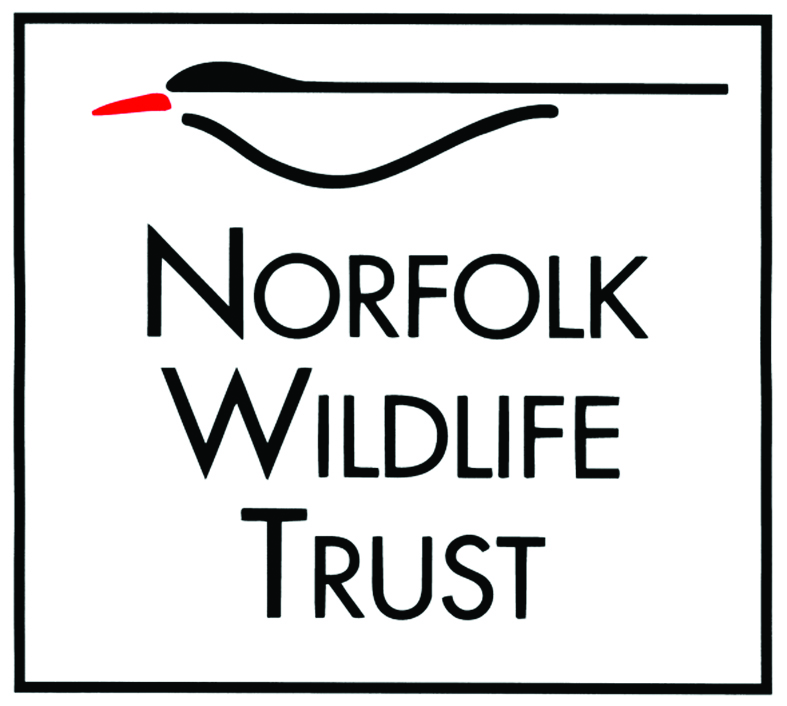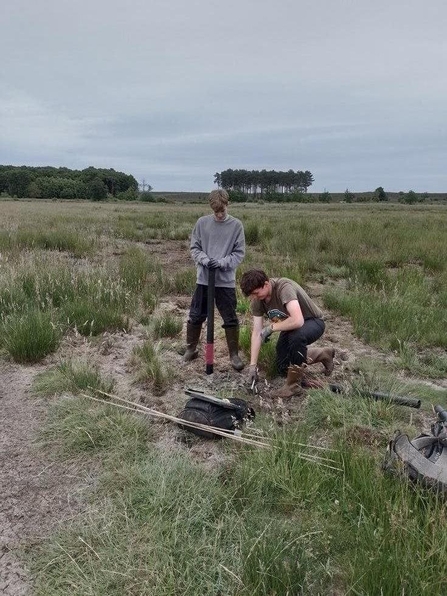Thanks to £210,350 from the FCC Communities Foundation as part of the Landfill Communities Fund, the new 'Grimston Wetscapes' project sees the wildlife charity embarking on further restoration of parts of NWT Roydon Common and Tony Hallatt Memorial Reserve. The land forms part of a huge area of globally important wildlife habitats, including wetlands, woodlands and heathland.
Together, these nature reserves represent one of the most important lowland wetland and heath landscapes in the UK. The sites support an incredibly diverse range of plant and insect life, including many species that are rare or threatened in the UK such as black darter dragonfly, insectivorous sundew plants and the tormentil mining bee.
The wetlands found across the sites also provide one of the most important locations for breeding waders in lowland England, whilst the drier heathland habitats support nationally important breeding populations of iconic species, such as nightjar and woodlark and provide a winter home for a range of raptor species, including hen harriers, merlins and marsh harriers.
Historically, these sites would have formed part of a vast chain of wetlands, but due to drainage, afforestation and development, almost all of these have now been lost.

